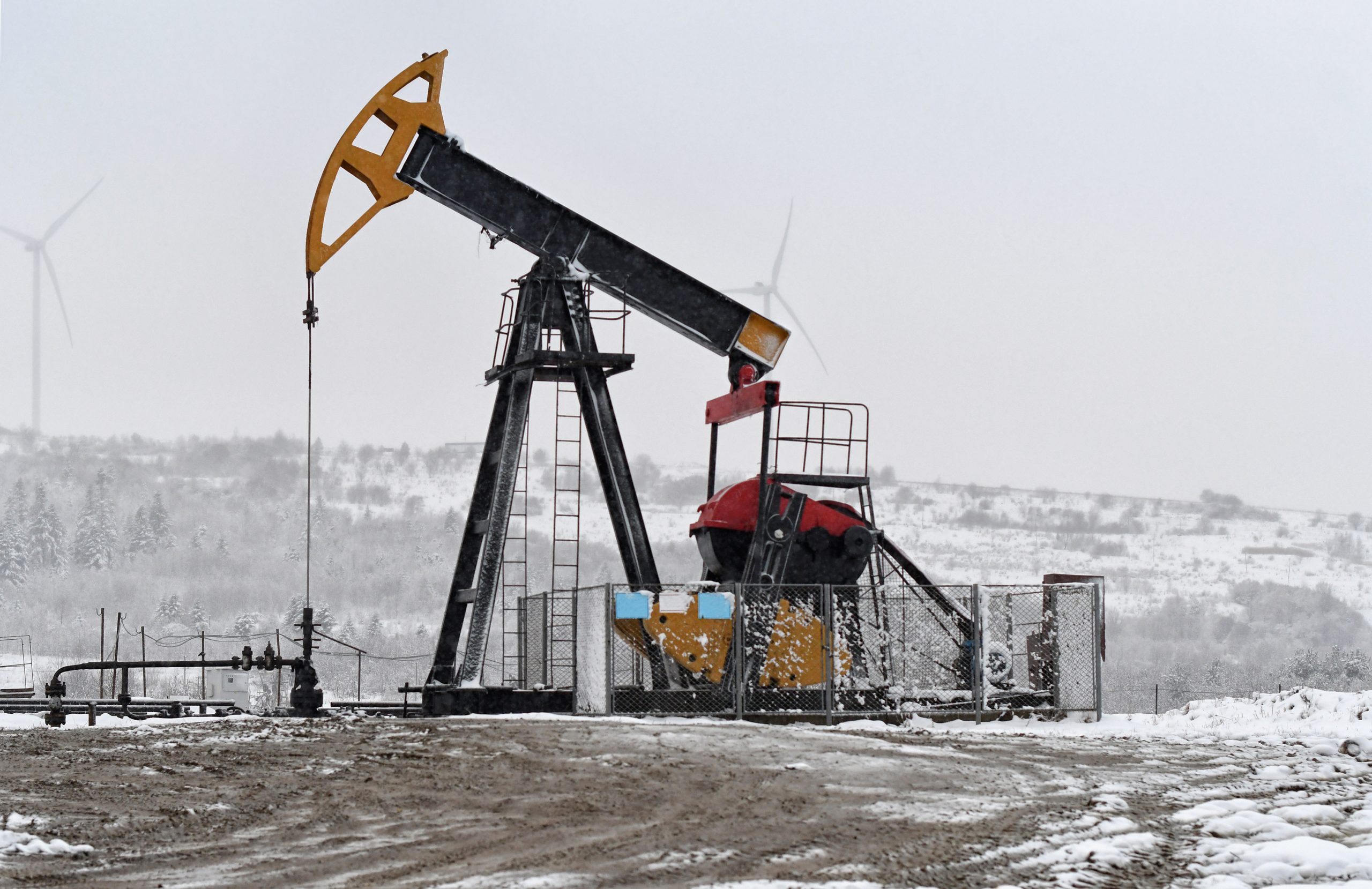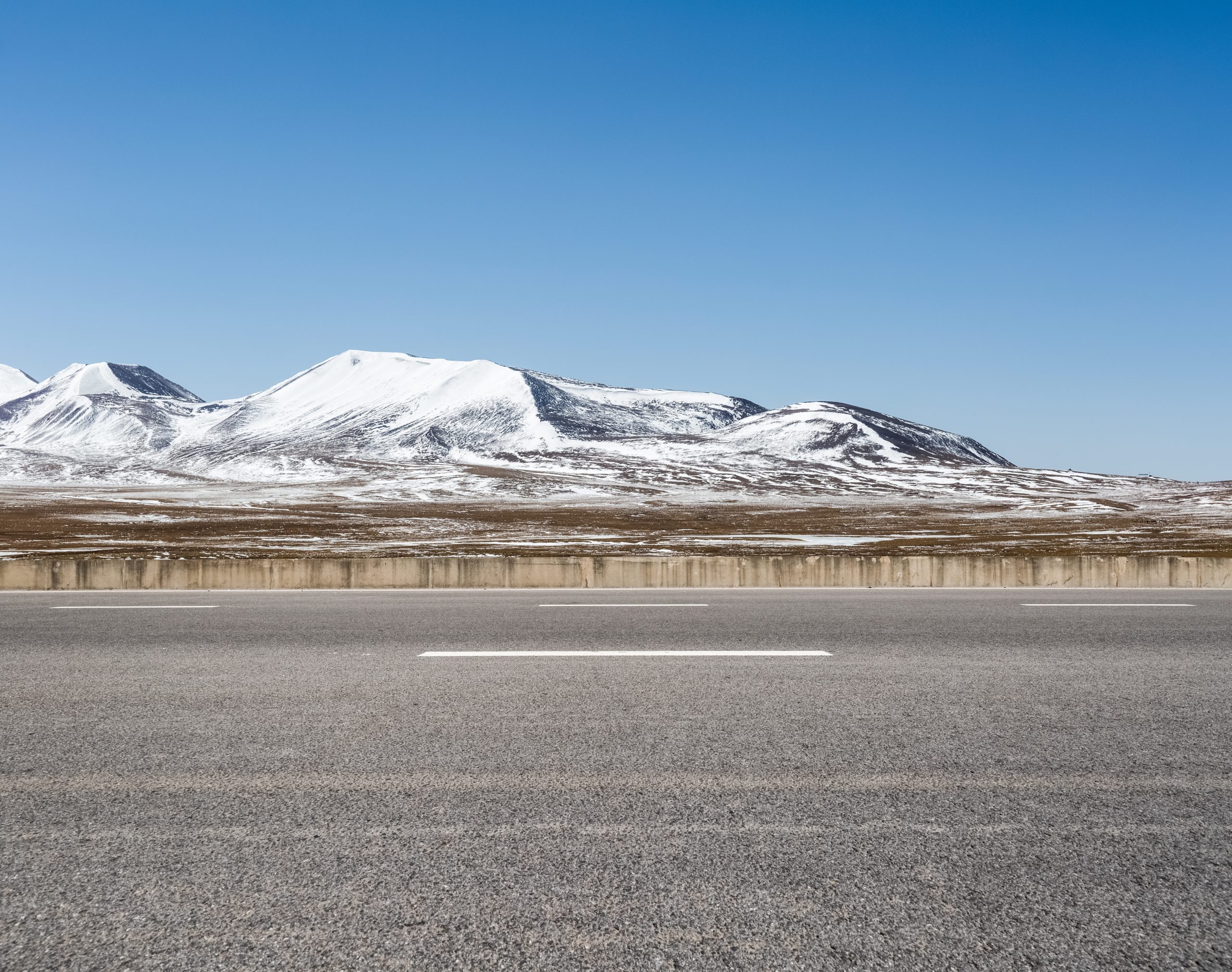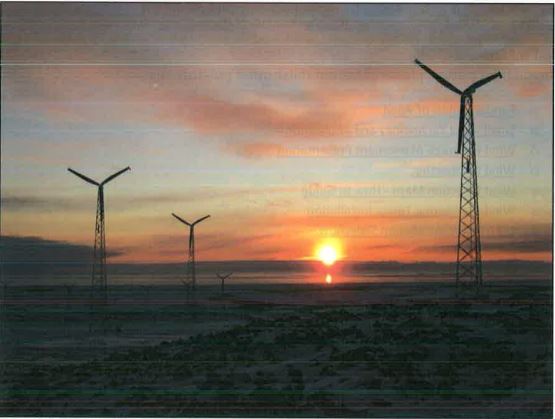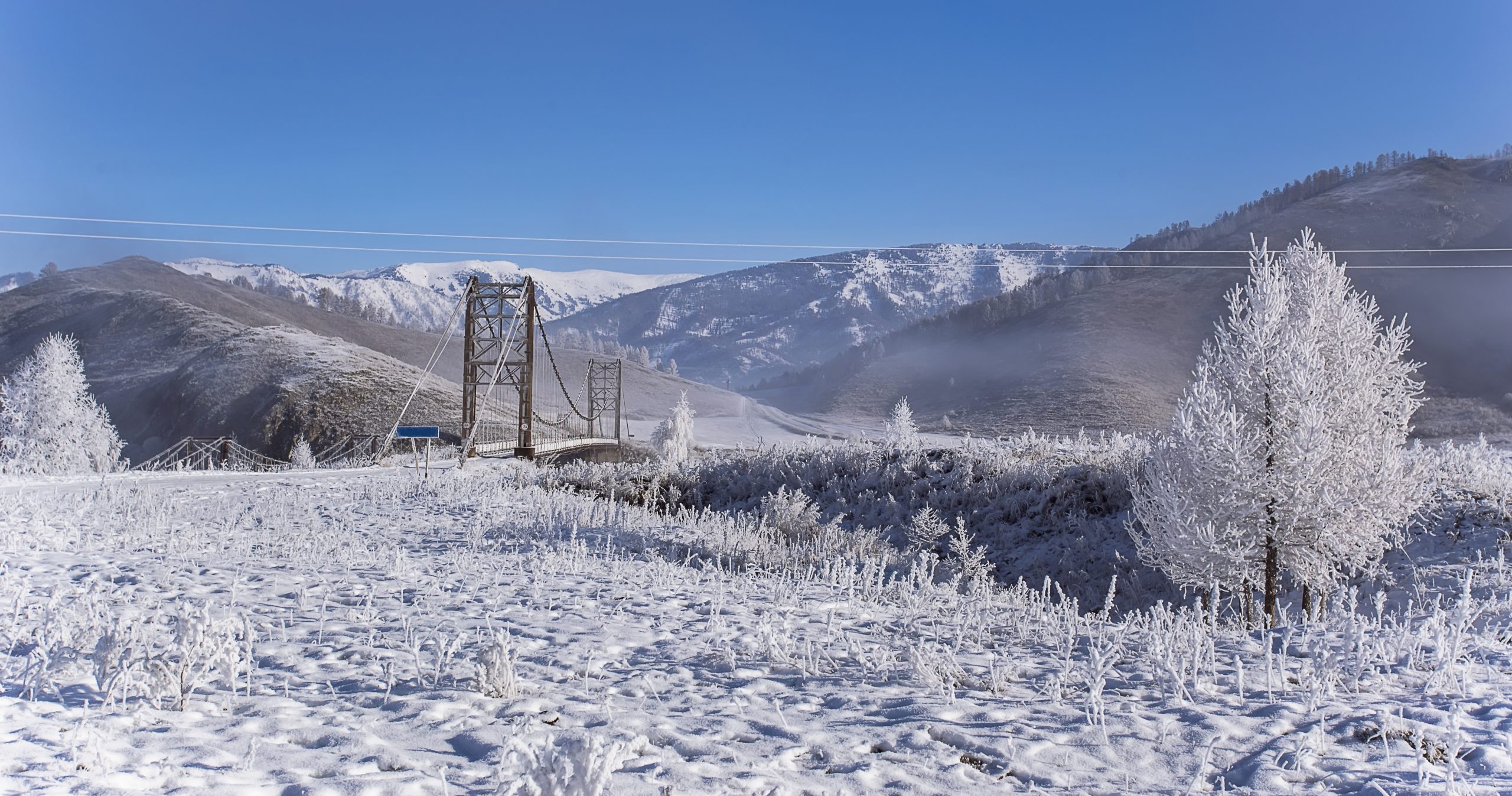Students: Jonathan Hartford (Project Manager), Monick Estrada, Shawn Eby, Kaytee Villafranca, Christian Osentoski,Jesse Oakes Faculty Advisor […]
Natural resource extraction projects can have a polarizing effect on stakeholders.
The State of Alaska requires contractors to follow specific quality standards for heavy civil asphalt construction projects.
ConocoPhillips Alaska needed a solution to distribute Diesel Exhaust Fluid to Tier 4 heavy equipment throughout its 400 square mile Kuparuk Business Unit.
Government agencies across Alaska use primarily one project delivery method (PDM), design-bid-build, to complete civil construction projects (roads, landfills, airports, etc.).
The Recreational Trails Program provides reimbursable grant funding for recreational trail development and repair, and environmental protection and safety/education programs relating to recreational trail use.
While the US Army Engineer Regiment is encouraging leaders to obtain Project Management Professional (PMP) certifications, accepted Project Management tools, techniques, and procedures (TTPs) are not widely practiced, and therefore do not effectively benefit the Engineer Regiment or the Army.
This project was initiated to identify changes needed for the existing structure of the business analysis process and the organization of Business Analysts within the Information Technology (IT) department of a major financial institution.







